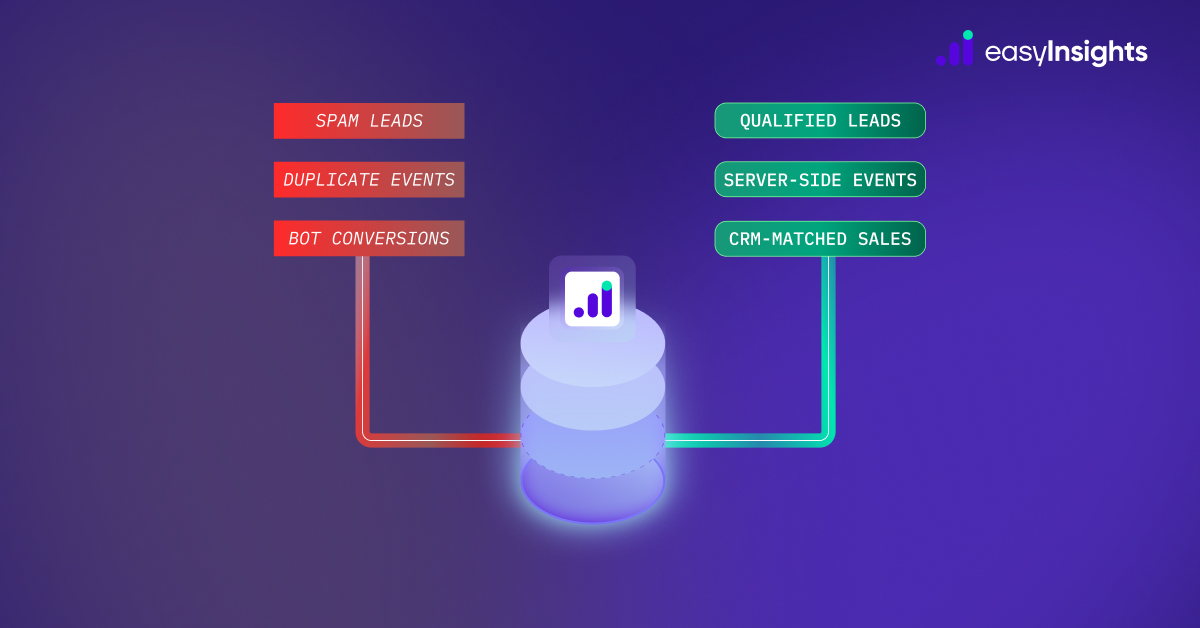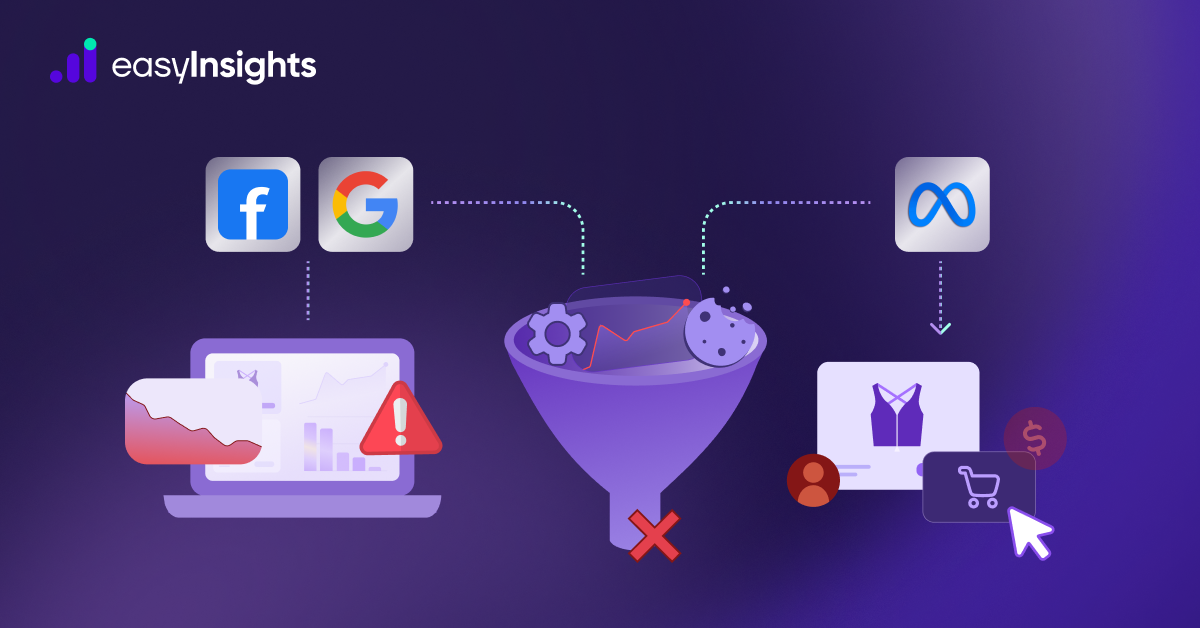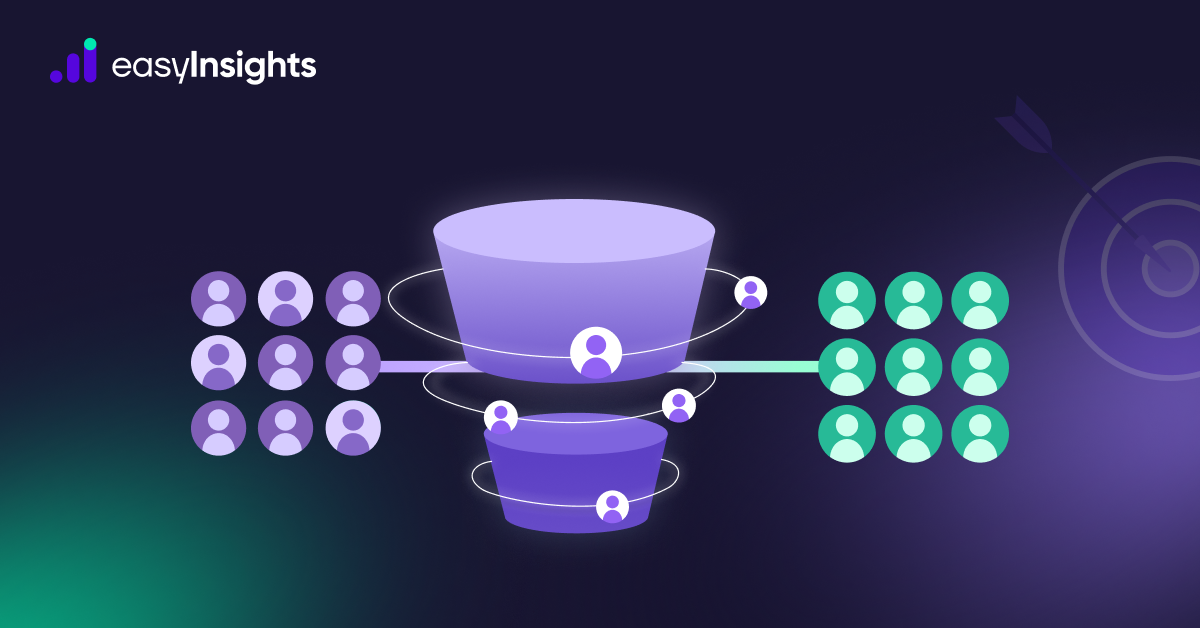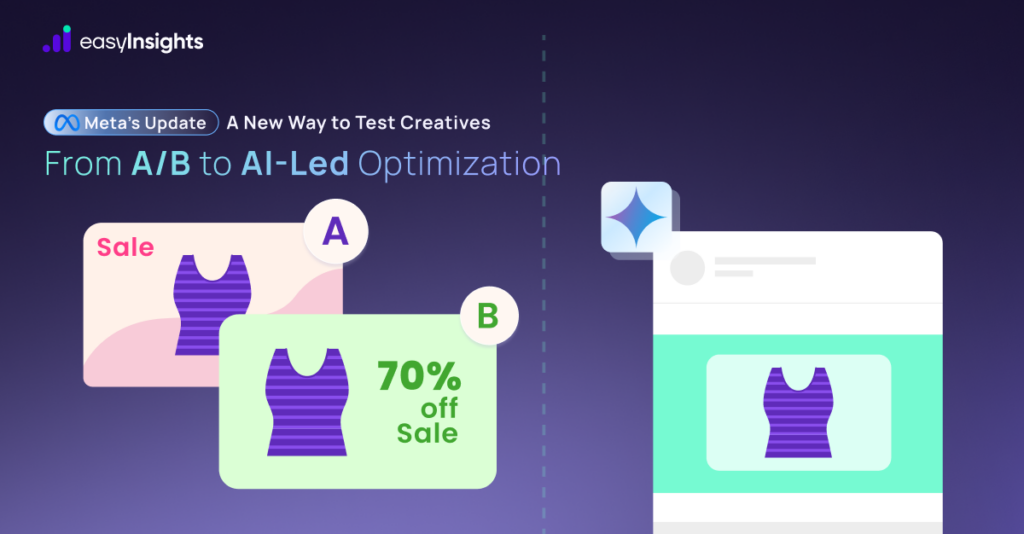
For years, marketers have relied on traditional A/B testing in Meta Ads to understand what works – one creative versus another, separate ad sets, manually divided budgets, and endless analysis.
But that method is now outdated. Meta has rolled out a new built-in Creative Testing feature that lets advertisers test multiple creatives directly within a single ad set – without fragmenting budgets or breaking campaign delivery.
This shift marks a major evolution in how creative performance is measured and optimized on Meta. Here’s everything you need to know about the update, how it works, and how to make the most of it.
Jump ahead to:
What Has Changed
Meta’s latest update transforms how advertisers can test ad creatives. Instead of creating multiple ad sets for every variation, you can now run up to five creatives within the same ad set and allow Meta to handle fair delivery and analysis.
Here’s what’s new:
- Test 2–5 ad variations within one ad set
- Equal budget distribution across all creatives during the test phase
- No audience overlap – each user will see only one ad variation
- Clear test results available in the Experiments section of Ads Manager
This means no more overcomplicated campaign structures, no duplicated budgets, and no “winner” bias caused by uneven delivery. You get cleaner results and faster learnings – right where your campaigns already run.
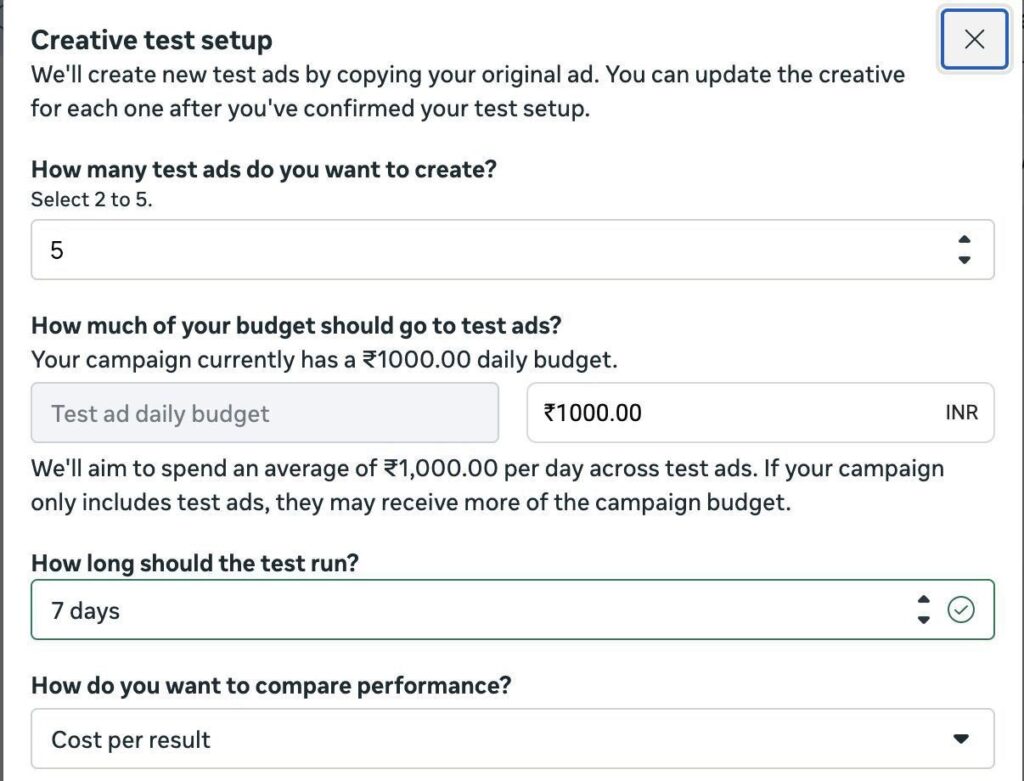
Why Meta Made This Change
Traditional A/B testing on Meta was effective but cumbersome. Advertisers often faced issues like:
- Overlapping audiences causing skewed results
- Uneven budget spend across ad sets
- Difficulty comparing outcomes between tests
- Delayed learning because of fragmented data
Meta’s new built-in creative testing simplifies this entire workflow. It aligns with Meta’s broader push toward automation and efficiency, where machine learning helps advertisers make decisions faster and with better accuracy.
In essence, Meta wants to eliminate the manual complexity that prevents advertisers from experimenting frequently. By integrating creative testing directly into campaigns, brands can now treat testing as a continuous process – not a separate project.
How Meta’s New Creative Testing Works
Running a creative test inside your campaign is now straightforward.
Here’s how the process unfolds:
- Create a new campaign or choose an existing one.
- In the ad set level, add 2 – 5 creative variations under the same audience and optimization settings.
- Set your test budget.
- Define how long the test should run.
- Define the metric that will compare results.
- Click confirm
The test results show which creative version performed best for your chosen conversion goal.
Why This Is a Game Changer
Meta’s Creative Testing update doesn’t just make things easier – it makes them smarter.
Here’s why marketers should care:
1. Simplified Testing, Smarter Structure
No need for multiple ad sets or manual split tests. All variations now live within a single ad set, maintaining consistent delivery conditions and saving setup time.
2. Fair Budget Distribution
Previously, one ad set could consume more budget and distort test results. Meta now distributes budget equally among creatives, ensuring fair comparison.
3. No Audience Overlap
Each user is exposed to only one ad version – a crucial improvement. This prevents cross-contamination of results and ensures each creative gets a clean read.
4. Faster Learning Cycles
Because everything runs under one ad set, the campaign collects learnings faster. You can identify top-performing creatives in days, not weeks.
5. Data You Can Trust
Meta’s new testing system ensures you’re making creative decisions based on clean, statistically sound data rather than guesswork or delivery quirks.
Best Practices for Running Creative Tests in Meta
While Meta’s new feature simplifies testing, how you design and interpret those tests still determines success. Here are some best practices to follow:
– Diversify creatives: Try different formats, messaging angles, and visuals
– Allocate up to 20% of your budget to testing to avoid disrupting ongoing campaigns
– Use a Daily Budget and Highest Volume Bid Strategy to maximize learnings
– Leverage custom conversions as the guiding metric – this is how testing truly becomes smarter
Experience with the New System
After testing the new setup, here’s what stood out the most:
- Faster Learnings: The algorithm identifies strong performers within 48–72 hours.
- Cleaner Data: Because there’s no audience overlap, each creative gets fair exposure.
- Better Decisions: Using deeper conversion events like “Post-Purchase” or “MQL” helps Meta’s AI understand which creatives drive meaningful results – not just vanity clicks.
When combined with server-side tracking (like CAPI), this becomes even more powerful. Meta’s learning algorithm receives cleaner, richer event data, allowing it to match creatives with users more effectively.
Simply put: better conversions = smarter creative selection.
Additional Reading: Strategies to Optimize Meta Conversion API (CAPI)
How This Changes the Role of the Marketer
Meta’s creative testing update doesn’t eliminate human creativity – it amplifies it.
Automation now handles delivery, distribution, and data fairness. But strategy – the art of defining what to test, how to interpret results, and how to scale learnings – still rests with marketers.
Think of it this way:
- Meta’s system automates execution.
- You control the hypotheses, storytelling, and brand direction.
The best marketers in 2025 will be the ones who blend human insight with algorithmic efficiency.
How EasyInsights Complements Meta’s Creative Testing
Creative testing shouldn’t stop at CTRs or in-platform conversions. Marketers need to understand how each creative impacts the complete user journey – from ad view to lead quality, purchase behavior, and retention.
Here’s how EasyInsights adds value to Meta’s testing process:
1. Tracks Post-Conversion data
Meta can tell you which creative got the most leads. But EasyInsights can tell you which creative got the most qualified leads.
By connecting Meta Ads with your CRM (like HubSpot, Zoho, or Salesforce), EasyInsights helps you track MQLs, SQLs, conversions, cancellations, or repeat purchases – all tied back to the exact ad creative that started the journey.
2. Server-Side Tracking Accuracy (CAPI Integration)
EasyInsights supports Meta’s Conversions API (CAPI), ensuring your creative test results are backed by clean, server-side data.
This eliminates data loss caused by browser restrictions, ad blockers, or cookie limitations – giving Meta better signals to optimize toward.
3. Full-Funnel Attribution
Your creative might perform well on Meta, but what if it influences conversions on Google Search or Direct traffic later?
EasyInsights’ attribution model maps the entire user journey, showing how Meta creatives contribute across multiple touchpoints – giving you a true multi-touch view.
Final Thoughts
Meta’s new built-in Creative Testing marks the next evolution in advertising optimization. It replaces the clunky, manual A/B testing setup with an integrated, AI-assisted approach that saves time, reduces overlap, and delivers faster learnings.
By adopting this update early, marketers can build a continuous creative testing engine that not only improves ROAS but also strengthens creative strategy over time.
In 2025, automation runs your campaigns – but your strategy decides who wins.
Blending creative testing + CAPI-driven conversions turns every ad into an insight, and every campaign into a growth system.
Track your actual creative performance with EasyInsights – Book a demo now




